29 F. high on Tuesday in St. Cloud.
30 F. average high on February 24.
11 F. high on February 24, 2014.
1" snow on the ground.
4" snow so far in February.
13.5" fell on the St. Cloud metro area last year as of February 24, 2014.
February 24, 1934: Late season cold snap with a low of -46 at Big Falls.
Oddly Incomplete
"It's
too cold to work in the garage" my wife complained the other day. "When
is it going to get warmer?" May, I answered. "Seriously?"
I do
see an abrupt shift in the upper level pattern the second week of March.
A massive ridge of high pressure builds over the Plains, treating us to
30s, maybe a few 40s.
"Huh?"
Cue Minnesota's legions of
incredulous snow lovers. "What happened to winter?" It seems very odd to
be getting the cold without the snow. It's a little like Adam without
Eve, Minneapolis without St. Paul, The Suburbs without Chan Poling.
Just. Not. Right.
I'll get complaints from stressed commuters,
grateful for fewer mornings of skating-rink-conditions, but a total lack
of snow on the ground in late February, like there is now south &
west of the Minnesota River, is a bit surreal, and doesn't fill me with
hope we'll experience a drought-free 2015.
Our nagging snow
recession lingers into at least mid-March; a few bursts of snow from assorted
clippers, but nothing that will show up on The Weather Channel. The next
36 hours will be character-building, but 30s return by early next week,
before the next Canadian relapse.
Storm-free. Weakening cold
waves. Winter may end with a fizzle. Hold on. Better days ahead. In the
words of Dan Rather...courage.
What Is The "Polar Vortex" Anyway? NOAA
does a very good job explaining a term that's been around for a long
time, one that got hijacked by popular media last winter. And no, this
winter is
not Exhibit A of the Polar Vortex. Here's a clip: "...
The
jet stream snakes around the globe like a ring on the southernmost
periphery of the circulation. The shape of the polar vortex drives the
evolution of the jet stream and subsequently the areas of low pressure
that bring us our weather. The larger and more intense the polar vortex
is, the further south the jet stream sets up which is why the polar jet
pushes south during the winter. It is NOT the result of climate change
whatsoever, although climate change may influence its behavior. The
polar vortex has been around since the Earth had an atmosphere."
Clipped Again.
A plowable snowfall is likely from South Dakota into far southwest
Minnesota and Iowa. We can't even get a healthy snowfall from an Alberta
Clipper this winter. 60-hour accumulated snow: NOAA NAM and Ham
Weather.
Ski Arkansas.
Cold air has penetrated unusually far south (for late February) setting
the stage for another snow and ice event from Dallas to Huntsville,
north Georgia, the Carolinas and Tidewater of Virginia, where plowable
snowfall amounts are possible.
Hints of Relative Warmth.
Kind of sad (and pathetically wondrous) how good low 30s feel in late
February after a few cold weeks. Yesterday, if you squinted just right,
you could make out the vague form of spring-to-come, but that illusion
evaporates today and tomorrow as another surge of cold air arrives. Not
as cold as a few days ago but numb enough. A thaw arrives the first half
of next week; you'll be shocked to hear that no significant snow, ice
or rain is in sight.
F-F-F-February.
With a February like this who needs January? The consistent chill is
supressing the main storm track well south of Minnesota, meaning fewer
icy commutes, but a sense of general malaise for snow lovers ("ripped
off again this winter"). It won't be as cold as last week, but the next
36 hours will be a blunt reminder that meteorological spring doesn't
start until Sunday, March 1. 2-meter NAM temperatures: NOAA and Ham Weather.
Phase Shift.
500 mb winds valid Tuesday evening, March 10, carve out a big ridge
over the central USA and Canada, allowing milder Pacific air to surge
inland, meaning 30s, even a few 40s close to home (especially southwest
Minnesota, where there's little snow on the ground as of Tuesday night).
It should start to look and feel like March within 2 weeks; vague hints
of a muddy spring to come. Source: GrADS:COLA/IGES.
Not Quite "Circle Me Bert!" Please
square me with red, Paul. Restore my confidence in March while you're
at it. Temperatures cool down again late next week before recovering
into the 30s to near 40 the second week of March, based on GFS guidance.
Dakota County Will Sound Sirens Less Often. A step in the right direction? Here's an excerpt from
The Star Tribune: "
In
an effort to combat “siren fatigue,” Dakota County is likely to sound
its weather sirens less often. Outdoor sirens typically have been
activated during tornado warnings and any severe thunderstorm warnings,
which meant the sirens were used 96 times from 2010 to 2014. But under a
new policy recommended by the National Weather Service, the county’s
sirens will be activated only during tornado warnings and for storms
where wind speed is expected to hit 70 miles per hour or more..."
Minnesota's Biggest Polluters Spending Over $10 Million to Pollute Politics.
Environment Minnesota has the press release, here's an excerpt that caught my eye: "...
Right
now, polluters are lobbying their allies on Capitol Hill to derail
EPA’s plan to restore Clean Water Act protections to 47,000 miles of
streams in Minnesota. Loopholes in the law currently leave the waterways
that feed the drinking water for 970,000 at risk. “When powerful
special interests spend millions to influence our elections and lobby
decisionmakers, they drown out the voices of everyday Americans.” said
Minneapolis City Council Member Cam Gordon. “To make sure we’re able to
protect our environment and our health, we need reforms to stop the flow
of big money into politics....”
Polluting Politics. The complete 21 page (PDF) report from Environment Minnesota is
here.
Is Drought The New Normal for Southern California? The Los Angeles Times
has a harrowing story about trends in The Southland. Let's hope those
climate models are wrong, but recent history would suggest that
Californians should continue to pay attention. Here's a snippet: "...
Increased
carbon dioxide in the atmosphere is altering Earth's most important
atmospheric weather cell, drawing more moisture into the deep tropics
and broadening areas of drought at higher latitudes, according to a new
study. The U.S. west, including Southern California, as well as swaths
of subtropical Brazil that are suffering from acute drought lie in the
heart of the decreased rainfall band shown in 33 climate scenarios run
over a 140-year span, according to the study published online Monday in
the journal Proceedings of the National Academy of Sciences..."
Photo credit above: "
In
this Feb. 4 2014 file photo, a warning buoy sits on the dry, cracked
bed of Lake Mendocino near Ukiah, Calif. As bad as the drought in
California and the Southwest was last year and in the Midwest a couple
years ago, scientists say far worse historic decades-long dry spells are
coming. “Unprecedented drought conditions” - the worst in more than
1,000 years - are likely to come to the Southwest and Central Plains
near the end of this century and stick around because of global warming,
according to a new study in the journal Science Thursday." (AP Photo/Rich Pedroncelli, File)
Paper Details. The new paper referenced by the L.A. Times above is available from
pnas.org.
Don't Weather-Shame Washington D.C. Here's an excerpt of an interesting story at
U.S. News and World Report: "...
This isn’t a battle of toughness. This is a loudly clanging warning about climate change. The world is indeed getting warmer – 2014 was the warmest year
in modern history – and severe weather patterns are a consequence of
that. No, we can’t blame any of Boston’s snowstorms, individually, on
climate change, any more than a heart attack victim can attribute the
event to the double cheeseburger eaten the previous day. This is about
long-term, sustained changes in climate and weather. The number of
severe, regional snowstorms since 1960 is more than double that of the
previous 60 years, according to a report in the Bulletin of the American Meteorological Society. Where will it be in 60 more years?..." (File photo: AP).
* The research paper referenced above is
here, courtesy of UCAR.
Cities Spark More Thunderstorms Than Rural Areas.
It's something I've noticed for decades now, dust and particulant
pollution can "seed" clouds and spark more showers and thunderstorms
downwind over the suburbs. Here's an excerpt from an interesting story
at
Discovery News: "...
Some
big cities, particularly those located in hot and humid environments,
actually spawn more thunderstorms than surrounding rural areas. That’s
the conclusion of a new study by
Northern Illinois University researchers, which was published
in Quarterly Journal of the Royal Meteorological Society. The scientists
found thunderstorm “births” were significantly higher on weekdays
compared with weekend days, suggesting that increased pollution levels
related to industry and commuting may play a role..."
Better Prepared? What Meteorologists Learned From Hurricane Sandy. NJ Spotlight has a story focused on lessons learned; here's an outtake: "...
As
the largest hurricane on record when it made landfall two years ago,
Sandy presented a variety of challenges for forecasters and emergency
management officials. Some have since been addressed, but many others
remain. Communication problems meant that residents didn’t understand
the true nature of the threat or how it would affect them; warnings were
misinterpreted; and people failed to take them seriously. Above all,
there was a pervasive mistrust of the predictions, with many people
falsely believing that the storm couldn’t be as bad as forecasts
suggested, since they had never experienced anything of that magnitude..." (File image above: NASA).
A Thirsty, Violent World. The author of the article at
The New Yorker
argues that we can and will find substitutes for oil and natural gas -
as resources become scare substitutes often take their place. Clean
water? Not so much. Here's an excerpt: "...
Rapid climate change,
population growth, and a growing demand for meat (and, thus, for the
water required to grow feed for livestock) have propelled them into a
state of emergency. Millions of words have been written, and scores of
urgent meetings have been held, since I last wrote about this issue for
the magazine, nearly a decade ago; in that time, things have only grown worse.
The various physical calamities that confront the world are hard to
separate, but growing hunger and the struggle to find clean water for
billions of people are clearly connected..."
An Illustrated Guide to Ben Lecompte's Nightmares. And here I thought the mile swim was a big deal in the Boy Scouts. How about swimming from Japan to California?
Outside Magazine has the jaw-dropping details; here's an excerpt: "
This
spring, 47-year-old Frenchman Ben Lecomte will step into the Pacific
Ocean in Japan and, over the next five months, attempt to become the
first swimmer to cover the 5,500 miles to California. His plan: swim
eight hours a day—using flippers and a snorkel but no flotation
device—then rest for 16 hours on his support boat. We’d doubt his
prospects if he hadn’t become the first person to swim 3,700 miles
across the Atlantic in 1998..."
"Raht Racer" on Kickstarter. I know Rich Kronfeld, who is raising money via
Kickstarter
to build and distribute his Raht Racer. It's a cool concept and I wish
him well as he tries to make this go mainstream. Here's a quick
overview: "
The RAHT RACER™ is a power biking vehicle that uses state
of the art pedal-electric hybrid technology to amplify pedal power,
enabling the rider’s legs to propel the vehicle up to highway speeds,
giving the rider the feeling of super strength. On a bicycle, your
pedals are the accelerator. Same with the Raht Racer, only multiplied a
hundred times! The result is a breathtaking new, Iron Man-like,
power-sport experience. Safer than a motorcycle, or bicycle on a busy
street, the Raht has an integrated roll cage, reinforced carbon fiber
body and automotive safety features like headlights, tail lights, seat
belts & air bag. What you see here is our first prototype. Its top
speed is roughly 70 mph. Our goal is to begin development of our actual
production model this year. It will have a top speed of about 100 mph..." Kronfeld writes: "
We're
also a finalist in the Clean Energy Trust Challenge and we'll be on the
Science Channel tomorrow night on "All American Makers."
http://challenge.cleanenergytrust.org/#!/finalists
http://www.sciencechannel.com/tv-shows/all-american-makers/
How Long Can We Stay Awake? 92 days on the toilet? I've never seen that in print, and I can't say I'm a fan. I posted a link to this
BBC article just for the mind-boggling statistics: "...
It’s surprising how we spend our lives. Reach your 78th birthday and according to some back-of-the-envelope calculations,
you will have spent nine of those years watching television, four years
driving a car, 92 days on the toilet, and 48 days having sex. But when
it comes to time-consuming activities, there’s one that sits head and
shoulders above them all. Live to 78, and you may have spent around 25
years asleep. In an effort to claw back some of that time it’s
reasonable to ask: how long can we stay awake – and what are the
consequences of going without sleep?..."
TODAY: Mostly cloudy, colder. Wind chill: -10. Winds: N 10. High: 12
WEDNESDAY NIGHT: Clear and nippy. Low: -8
THURSDAY: More sun, less warmth. Wind chill: -20. High: 8
FRIDAY: Blue sky, still chilly. Wake-up: -10. High: 13
SATURDAY: Breezy, a bit milder by afternoon. Wake-up: -2. High: 22
SUNDAY: Early flakes, then clearing. Wake-up: 9. High: 27
MONDAY: Mix of clouds and sun, quiet. Wake-up: 12. High: near 30
TUESDAY: Mostly gray, almost average. Wake-up: 18. High: 29
Climate Stories...
Obama Vetoes Keystone XL Pipeline Bill. The New York Times has details
here.
Burst of Warming May End Lull in Rising Temperatures.
New Scientist has the article - here's an excerpt: "...
Global
mean surface temperatures have not risen significantly since about
1998, which could be thanks to the oceans sucking up the extra heat. If
this turns out to be the case, Chris Roberts
from the Met Office in the UK and colleagues have found that there is a
60 per cent chance the hiatus will be followed by a five-year period of
rapid warming at twice the usual background rate of around 0.2°C per decade. The models also suggest there is a 15 per cent chance the hiatus will continue for five more years..."
Armageddon For Climate Change Deniers? Not sure about Armageddon, but it confirmed the obvious. Here's a clip from
The Daily Beast: "...
For decades, the fossil-fuel industry has been underwriting a huge, successful campaign to lie about climate change.
Like the tobacco industry before it, energy companies have created a
body of pseudoscience, created by paid lackeys, and successfully
co-opted the mainstream of the Republican Party to their “point of
view.” This week, that campaign took a serious body blow, as one of its
leading pseudo-scientific voices was exposed as a liar and a fraud,
having accepted millions of corporate dollars to pose as a climate-change skeptic..."
Editorial: Climate Change is Real, Congress Isn't. Amen. Here's an excerpt of an Op-Ed at
The Daily Astorian: "...
The
politicization of just about everything is a benefit to campaign
fundraisers and ideological media, but it only yields stalemate. No
business would tolerate that approach. In fact, many large corporations
have long recognized the dimensions of climate change. The Weyerhaeuser
Co. has a climate change strategy. And despite Congress’ standoff, the
CIA and the Department of Agriculture long ago admitted this was coming.
In raising the alarm about climate change, this high profile group of
business people is at odds with the U.S. Chamber of Commerce as well as
the fossil fuel industry..."
Here's Where Ocean Acidification Will Hit The U.S. Hardest. Climate Central has the story - here's an excerpt: "...
But the new study published in Nature Climate Change
on Monday makes it clear that while ocean acidification may make
conditions tougher on shellfish, how much coastal communities rely on
those shellfish and how ready they are to deal with changes makes a big
difference in how ocean acidification plays out on land. With more than $1 billion in revenue
to U.S. coastal communities from mollusks, which the study focuses on,
just how prepared those communities are could have huge financial
ramifications..."
* The new research on ocean acidification referenced above is available at
Nature Climate Change.
Are Siberia's Mysterious Craters Caused By Climate Change? Scientists Find Four Enormous New Holes in Russia. The Daily Mail
takes a look at a rather odd phenomena popping up across Siberia - is
there a provable link to a warming climate and thawing permafrost?
Here's an excerpt: "...
Four new mysterous giant craters have
appeared in the Siberian permafrost in northern Russia, sparking fears
that global warming may be causing gas to erupt from underground.
Scientists spotted the new holes, along with doszens of smaller ones,
int he same area as three other enormous craters that were spotted on
the Yamal Peninsulat. The craters are thought to be caused by eruptions
of methane gas from the permafrost as rising temperatures causes the
frozen soil to melt..." (Photo credit:
siberiantimes.com).
Pachauri Steps Down As Head of U.N. Climate Panel.
Carbon Brief has an update; here's the intro: "
Dr
Rajendra Pachauri has stepped down from his role as chairman of the
Intergovernmental Panel on Climate Change (IPCC), effective today.
After nearly 13 years in the job, Pachauri was due to step down later
this year. However, his departure has been brought forward pending allegations of sexual harassment at the New Delhi-based research centre TERI, where he is director general..."
The Weather Wake-Up Call. Here's a clip from an Op-Ed at
The Hill that got my attention: "...
Instill
in your children the importance of working on global issues of
sustainability. Teach them how to report about climate and food using
their smartphones and tablets. Teach the value of nature and science. Demand
that media organizations report about sustainability issues more fully
than they do. Seek out publications on green living or food safety.
Invest in print and online media that have deep and sustained
commitments to environmental reporting like National Geographic, Food
Tank and other outlets that delve into stories about weather,
agriculture, farming and climate..." (Photo credit: NOAA).
Religious Leaders Urge Action to Combat Climate Change.
National Catholic Reporter has the story - here's a clip: "...
Given
what Pope Francis has said in the past on the environment, "I think
that he will call us to prudent action that promotes the common good for
present and future generations and respects human life and dignity
while always giving priority to the poor and vulnerable," Wenski said.
"Care for creation should engage us all -- and thus I also think that
the pope will tell us also to be mindful of and heed the voices of poor
who are impacted most by climate change and certainly will be impacted
either for good or ill by the policies proposed to address climate
change..."
Policing The Online Climate Conversation.
Forbes
takes a look at new online tools that can help consumers of information
(all of us) better navigate what is scientifically-based vs. not;
here's an excerpt: "...
The Climate Feedback Project
is the brainchild of Emmanuel M. Vincent, a post-doctoral research
fellow in climate and oceanography at the Massachusetts Institute of
Technology. The project harnesses the power of a browser plug-in known
as Hypothes.is,
which allows users to highlight and critique select bits of well,
really anything that appears online. These annotations then appear to
all Hypothes.is users in a panel directly to the right of the text being
analyzed..."
No, The Sun Isn't Driving Global Warming. It did in the past, but there's no apparent link between spiking temperatures and increased solar radiation reaching Earth.
The Washington Post takes a look; here's a snippet: "...
However,
the idea that the sun is currently driving climate change is strongly
rejected by the world’s leading authority on climate science, the U.N.’s
Intergovernmental Panel on Climate Change, which found
in its latest (2013) report. “There is high confidence that changes in
total solar irradiance have not contributed to the increase in global
mean surface temperature over the period 1986 to 2008, based on direct
satellite measurements of total solar irradiance,” the report found..."
Harvard's Star Alumni Urge Week of Protests on Fossil Fuels. Here's the intro to a story at
Bloomberg Business: "
Actress
Natalie Portman, environmentalist Robert F. Kennedy, Jr., and other
high-profile Harvard University alumni are calling for demonstrations to
urge divestment from fossil fuels. Organizers of “Harvard Heat Week”
are planning events of “highly civil civil disobedience,” including
daily sit-ins for the week of April 13, according to a letter released
Friday asking alumni to come to the campus in Cambridge, Massachusetts,
to join the effort..."
Global Warming Changing Weather In The U.S. Northeast. Greg Laden had an article at
scienceblogs.com that made me do a double-take; here's the clip: "...
In a recent paper, “Quasi-resonant circulation regimes and hemispheric synchronization of extreme weather in boreal summer,”
Dim Coumou, Vladimir Petoukhov, Stefan Rahmstorf, Stefan Petri, and
Hans Joachim Schellnhuber noted the emergence of more frequent “Rossby
Waves” in the jet stream, indicating that these waves have become more
common and more persistent. They said, “We show that high-amplitude
quasi- stationary Rossby waves, associated with resonance circulation
regimes, lead to persistent surface weather conditions and therefore to
midlatitude synchronization of extreme heat and rainfall events. Since
the onset of rapid Arctic amplification around 2000, a cluster of
resonance circulation regimes is observed involving wave numbers 7 and
8. This has resulted in a statistically significant increase in the
frequency of high- amplitude quasi-stationary waves with these wave
numbers..."
Photo credit above: "
Pedestrians walk
single file through snow banks on a Beacon Street sidewalk in Boston,
Friday, Feb. 20, 2015. Midway through an epic winter that's shattered
records and buried Boston in more than 8 feet of snow, locals and
outsiders alike could be forgiven for wondering why a world-class city
that's accustomed to heavy snowfall — and prides itself on being a
global center of technology and innovation — can't seem to dig out and
move on." (AP Photo/Elise Amendola).


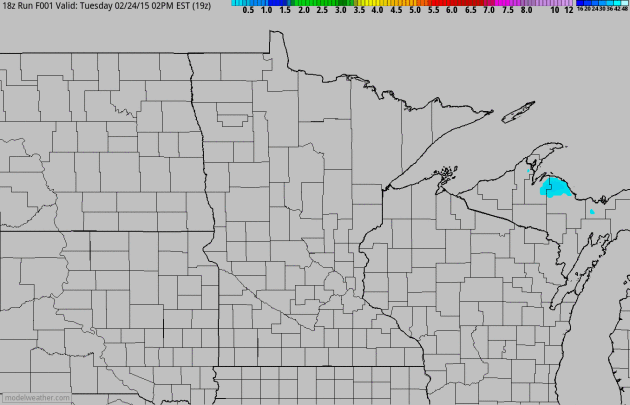
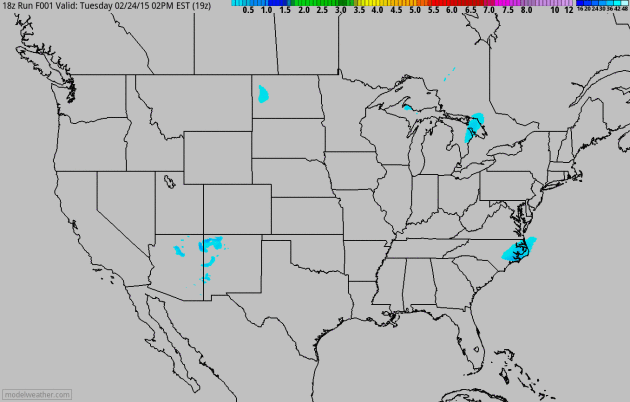
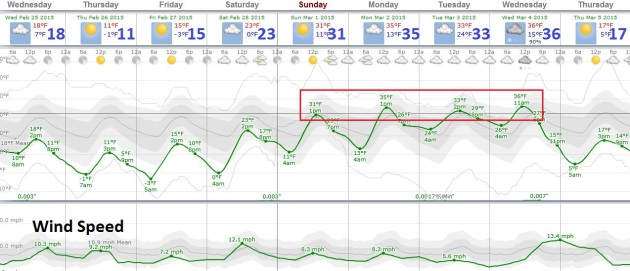
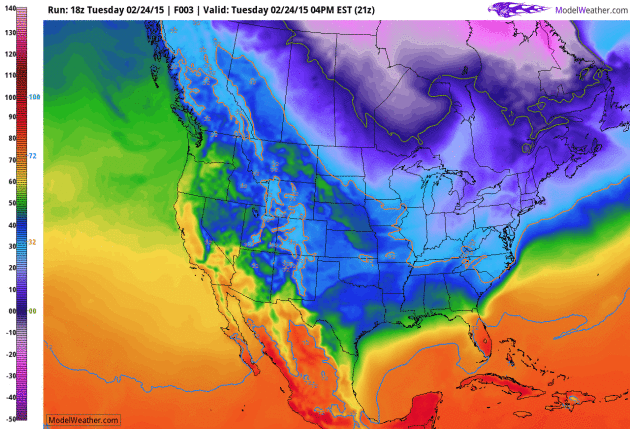


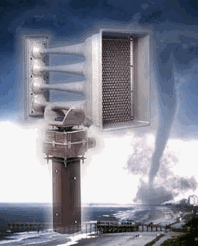

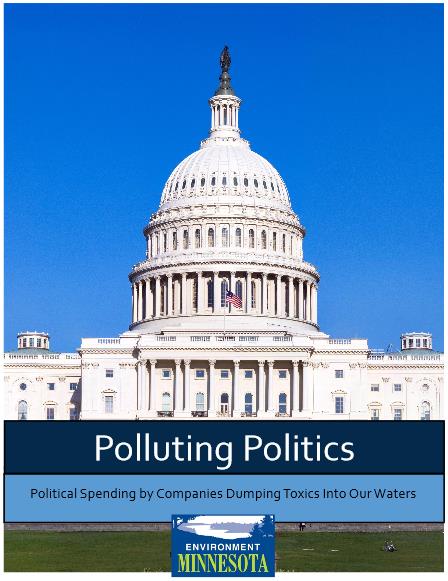
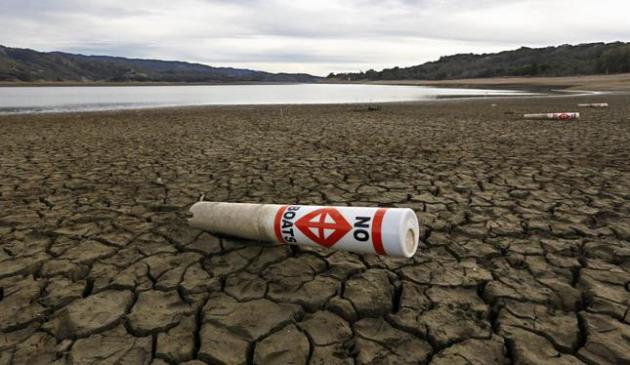


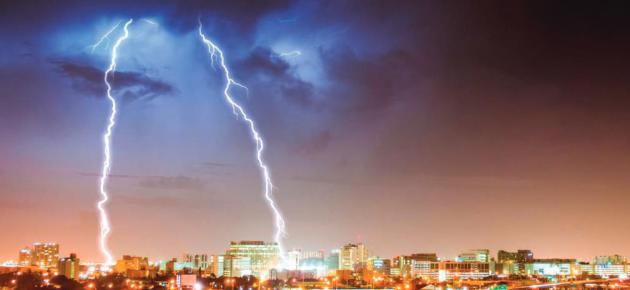
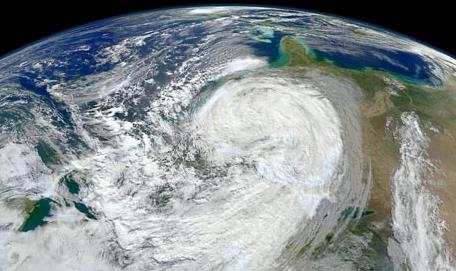

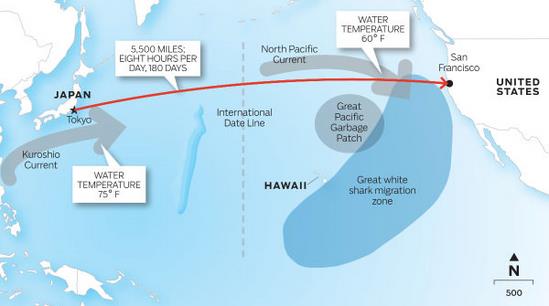


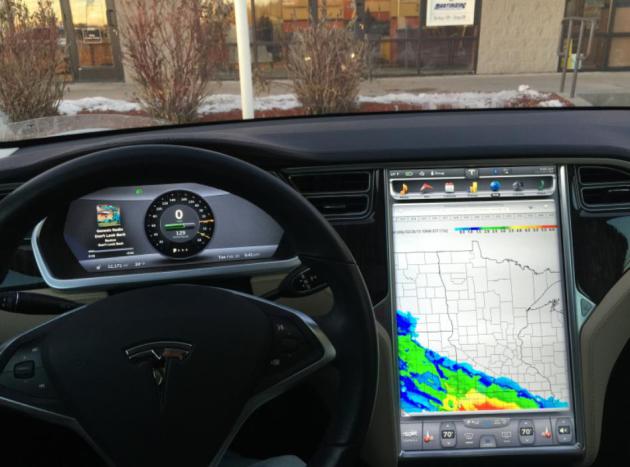
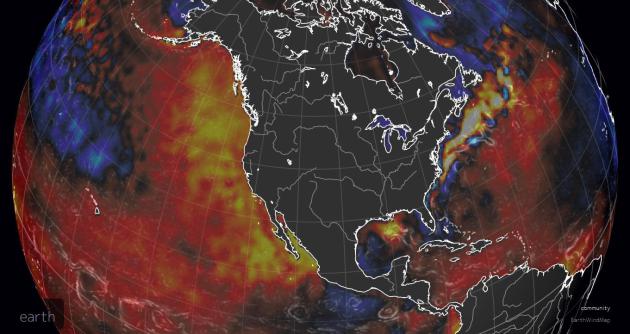
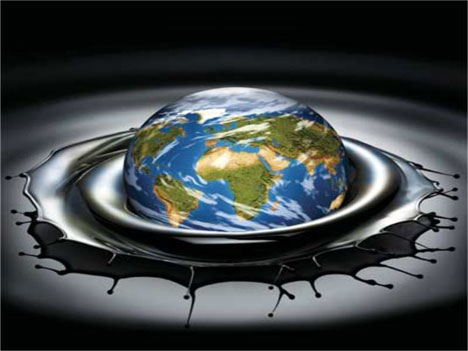


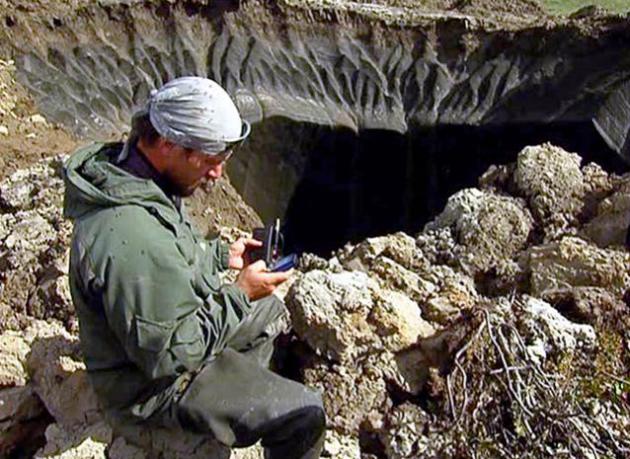


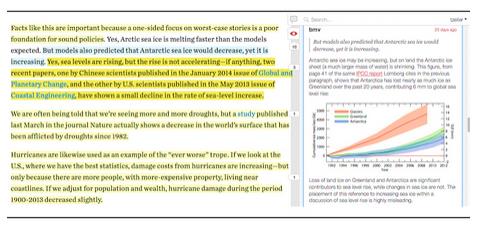


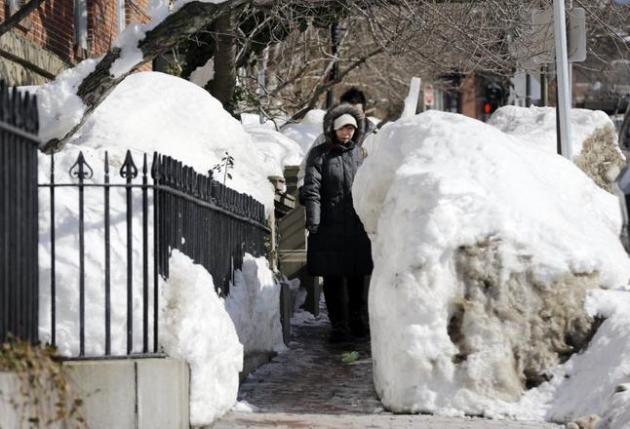

No comments:
Post a Comment